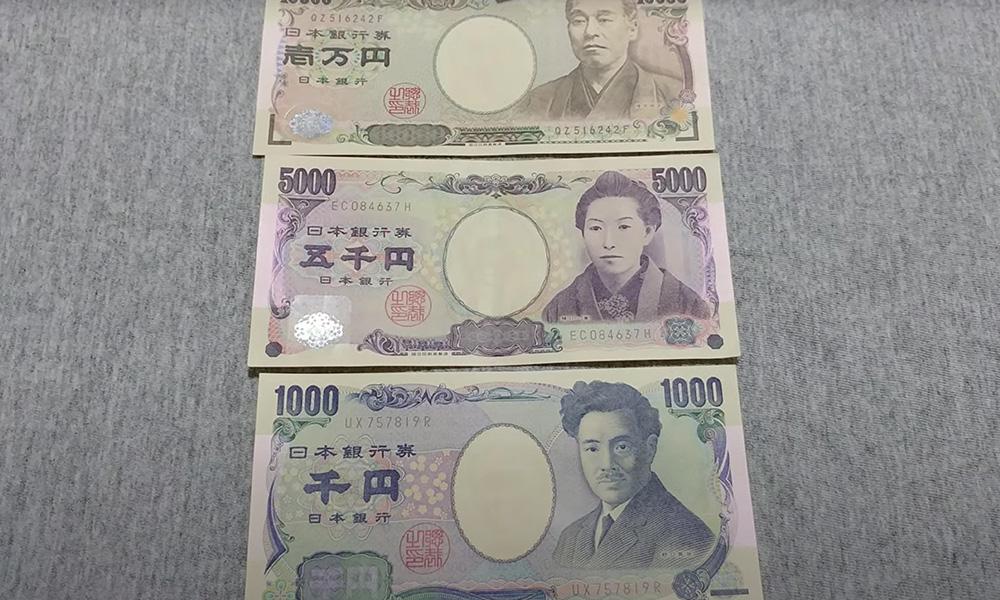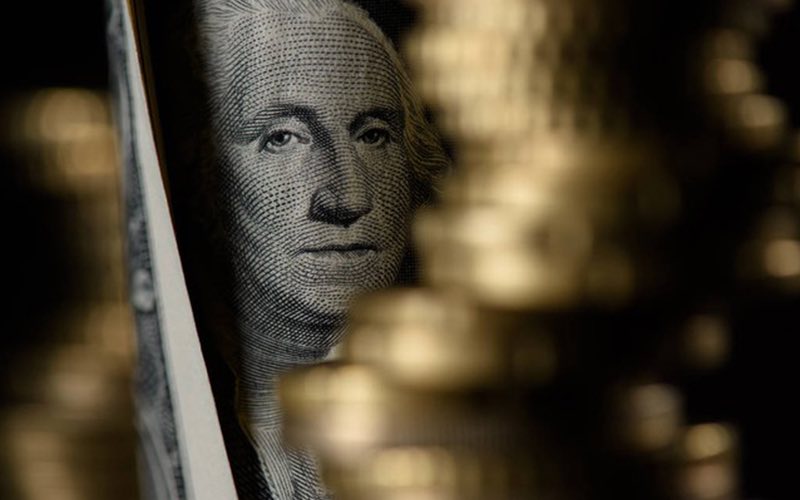Katayama Satsuki chose to act when the dollar surged! The perfect calculation and unspoken concerns behind the yen's 100-point surge.
2025-11-04 21:47:59
The USD/JPY pair has plunged nearly 100 points and is currently trading at 153.46 (-0.48%), after previously rising as much as 0.15%.
It is worth noting that during the same period, the US dollar index moved in the opposite direction, rising by 0.2%. This means that even after the verbal warning, the yen's appreciation rate was still 100 points after being offset by the dollar, indicating that the appreciation would have been even more intense.
Katayama Satsuki may have had a clever strategy here: issuing a verbal warning at the crucial juncture when the US dollar index was approaching the 100 mark. The strength of the US dollar index would both offset the exchange rate fluctuations caused by the appreciation of the yen and, if the US dollar index were to adjust from its high of 100 due to the yen's appreciation, triggering a technical sell-off, the magnitude of the yen's appreciation would be amplified, thus achieving his goal.

Katayama Satsuki issues warning, yen rebounds in the short term
Japanese Finance Minister Satsuki Katayama has recently made several signals regarding the fluctuations in the yen-dollar exchange rate, clearly stating that he "has noticed the one-sided and rapid fluctuations in the foreign exchange market" and emphasizing that he will "continue to assess the situation with a high sense of urgency."
Previously, the yen had fallen to its lowest level against the dollar since February, once approaching 154.50 yen to the dollar; however, after Katayama Satsuki's speech, the yen found short-term support and rebounded to 153.81 yen to the dollar.
Recent increased volatility in the yen and the impact of the Bank of Japan's policies
Katayama Satsuki revealed that he had issued a strong warning last Friday, primarily due to the unusually sharp fluctuations in the foreign exchange market over the previous two days. Data shows that as of last Thursday, the yen had depreciated by nearly 3 yen against the dollar.
Coincidentally, the Bank of Japan announced last Thursday that it would maintain its current interest rate level. Although BOJ Governor Kazuo Ueda hinted at an imminent rate hike at the press conference following the policy decision, the market did not accept this signal, and the yen continued to weaken under pressure.
Although the Bank of Japan decided to keep the short-term interest rate at 0.5% by a 7-2 vote, board members Hajime Takada and Naoki Tamura voted against it, advocating for a rate hike.
Hajime Takada believes that Japan has "escaped the deflationary cycle" and has basically achieved its goal of price stability.
Naoki Tamura pointed out that the "risk of rising prices" is increasing, and monetary policy should be closer to a neutral level.
Multiple factors combined to keep the yen under pressure
In addition to the Bank of Japan's policies and market reactions, the yen faces pressure from other areas as well.
On the one hand, Federal Reserve Chairman Jerome Powell's hawkish remarks last week exceeded market expectations, putting downward pressure on the yen due to the difference in monetary policy expectations between the US and Japan. On the other hand, investors generally believe that Japan's new Prime Minister Sanae Takashi "does not want to see interest rates rise too quickly," an expectation that further weakens the yen's support.
The institution stated that the short-term trigger conditions were not met, which could cost traders dearly.
Before the rapid decline of the US dollar against the Japanese yen, market participants were generally aware that the risk of the Japanese government intervening in the exchange rate was rising, but most opinions believed that "the possibility of actual intervention in the short term is low".
It is understood that Japan last intervened in the foreign exchange market in July last year, when the exchange rate of the US dollar to the Japanese yen was around 160.
From an institutional perspective, both Goldman Sachs and Bank of America's latest research reports point out that the "immediate risk" of yen intervention is currently low—even if the yen touches the key level of 155 yen to the dollar that traders are watching, the conventional intervention trigger conditions have not yet been met.
Goldman Sachs further predicts that if the USD/JPY exchange rate reaches the 161-162 range, the risk of intervention will increase significantly. Bank of America believes that the exchange rate may first test 158 yen to the dollar, and only after breaking through this level may it trigger a policy response. It also mentioned that in 2024, the Japanese Ministry of Finance intervened multiple times in the 157.99 to 161.76 range.
This consensus expectation often leads to sharp rises and falls when market styles shift. Influenced by this sub-consensus expectation, the yen's recent reversal has been very rapid, potentially causing traders to suffer huge losses.
Technical Analysis:
After the USD/JPY pair broke through the upward trend line and held steady for three days, traditional technical analysis would have suggested a rapid upward move. However, a verbal warning was issued, turning the breakout into a false breakout. This means the breakout was the peak, indicating strong upward momentum and crowded trading. A sudden reversal often leads to a rapid correction.

(USD/JPY daily chart)
Meanwhile, the US dollar index is breaking through a key level, and the euro and other currencies are falling in tandem, while the yen is rising unexpectedly, going against the grain and showing a hint of underdog domination.

(US Dollar Index Daily Chart, Source: FX678)
The current support level is around 153.30, followed by the psychological level of 153.00, while the resistance level is 154.50.
At 21:43 Beijing time, the USD/JPY exchange rate is currently at 153.38/39, and the US Dollar Index is currently at 100.02.
- Risk Warning and Disclaimer
- The market involves risk, and trading may not be suitable for all investors. This article is for reference only and does not constitute personal investment advice, nor does it take into account certain users’ specific investment objectives, financial situation, or other needs. Any investment decisions made based on this information are at your own risk.





















